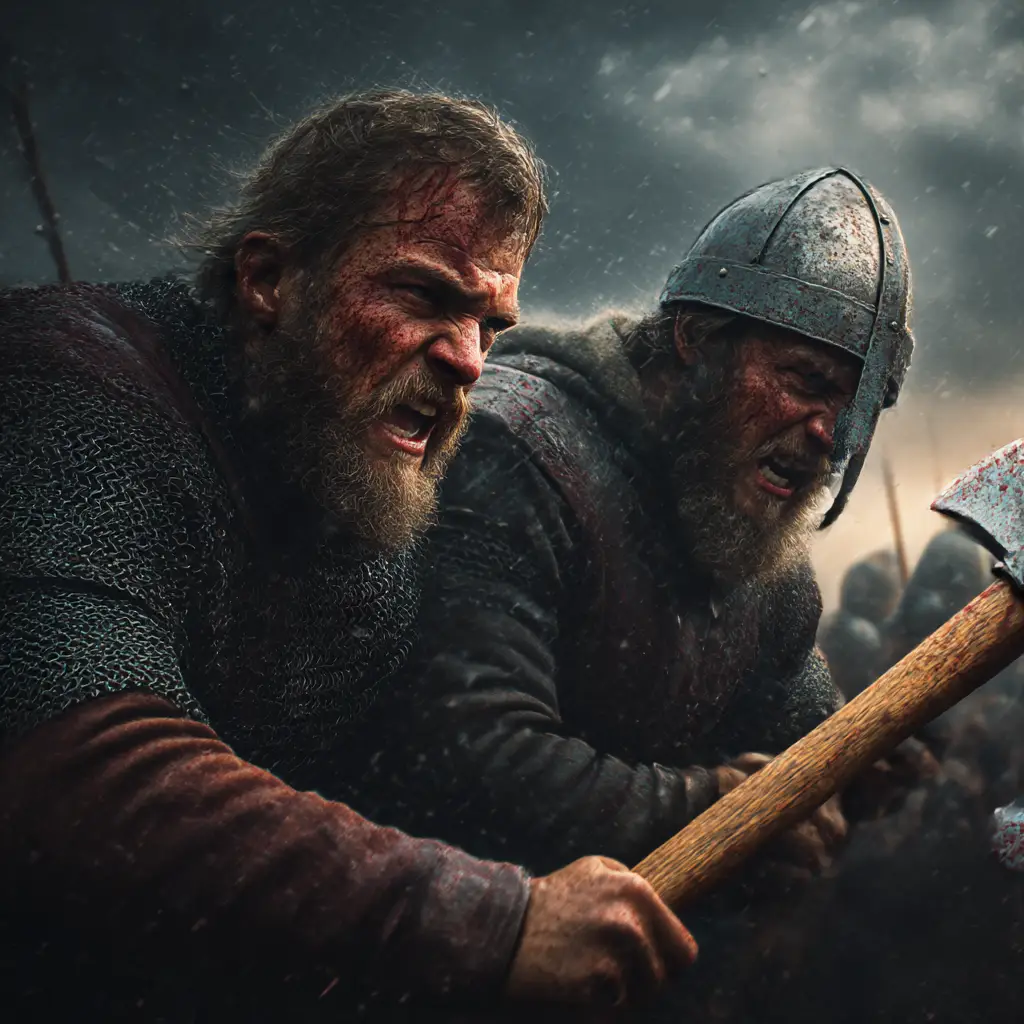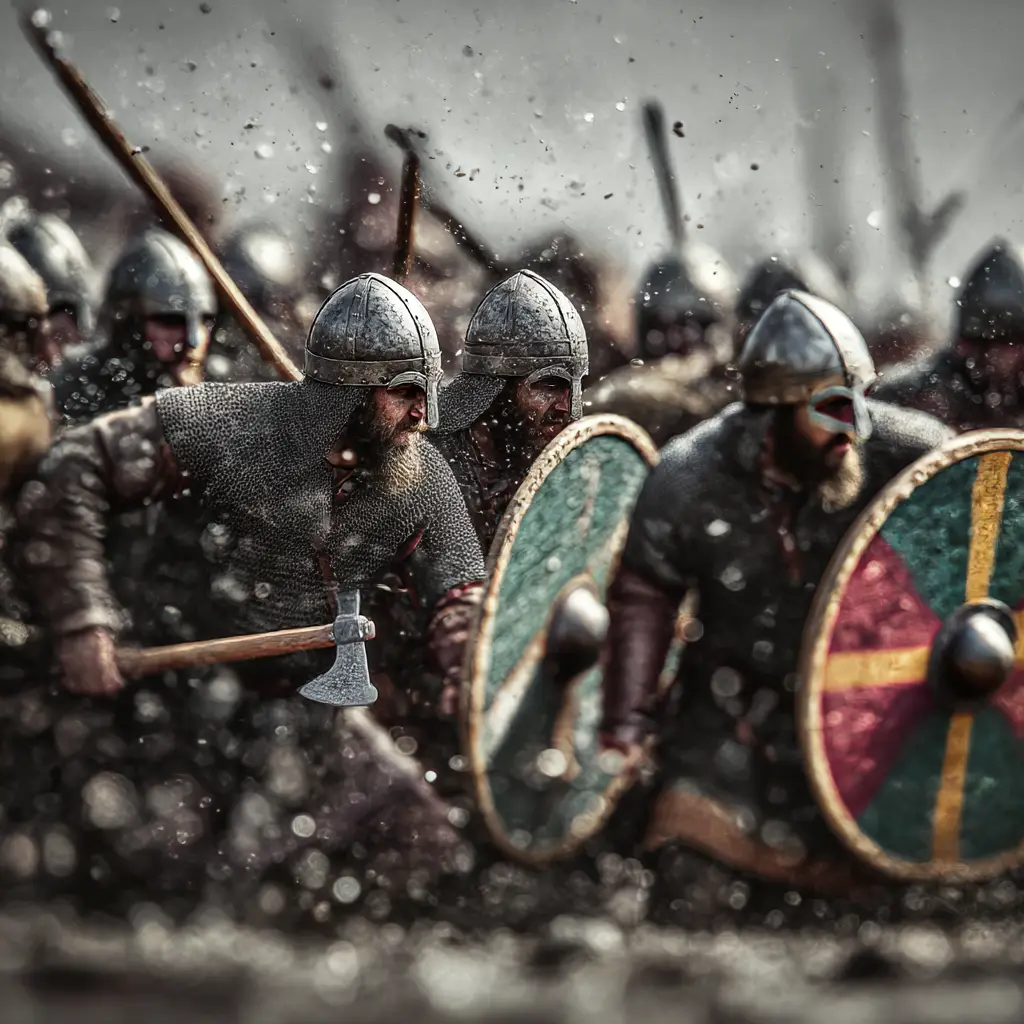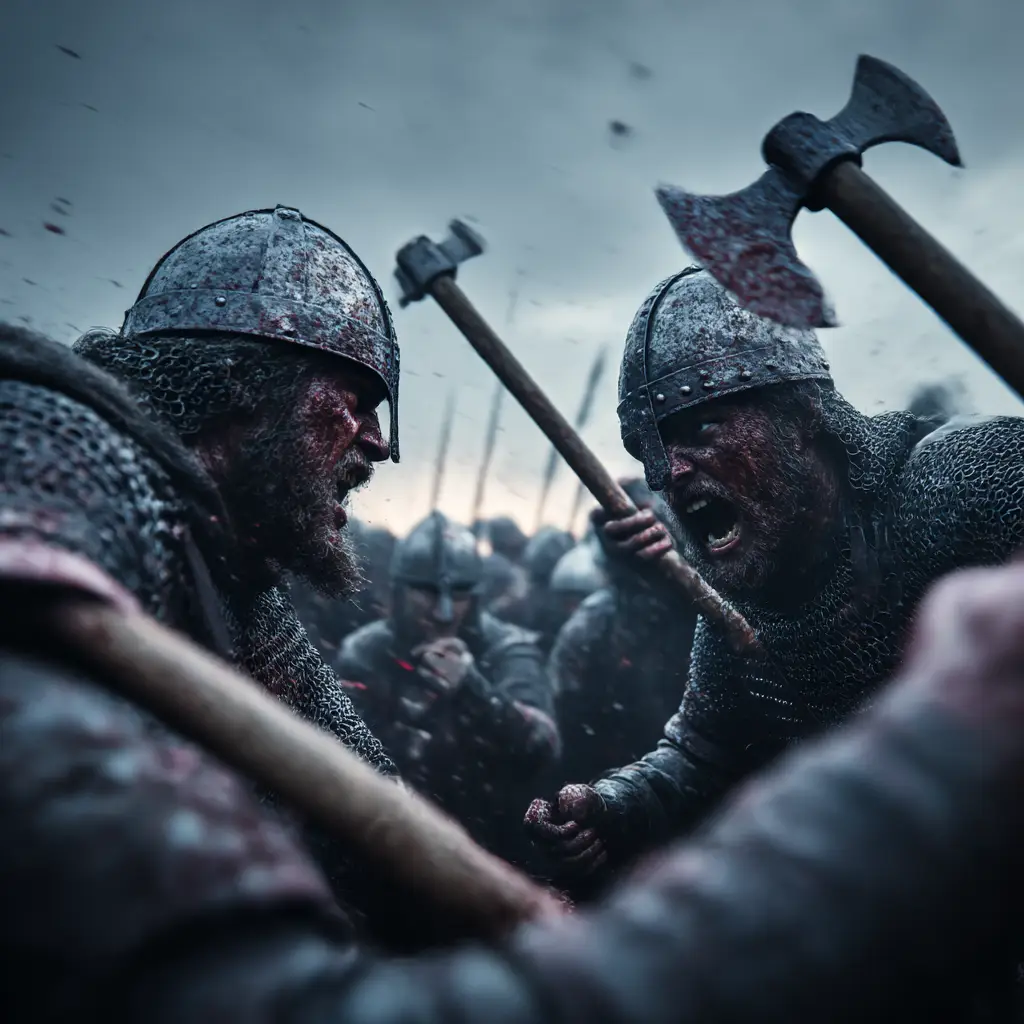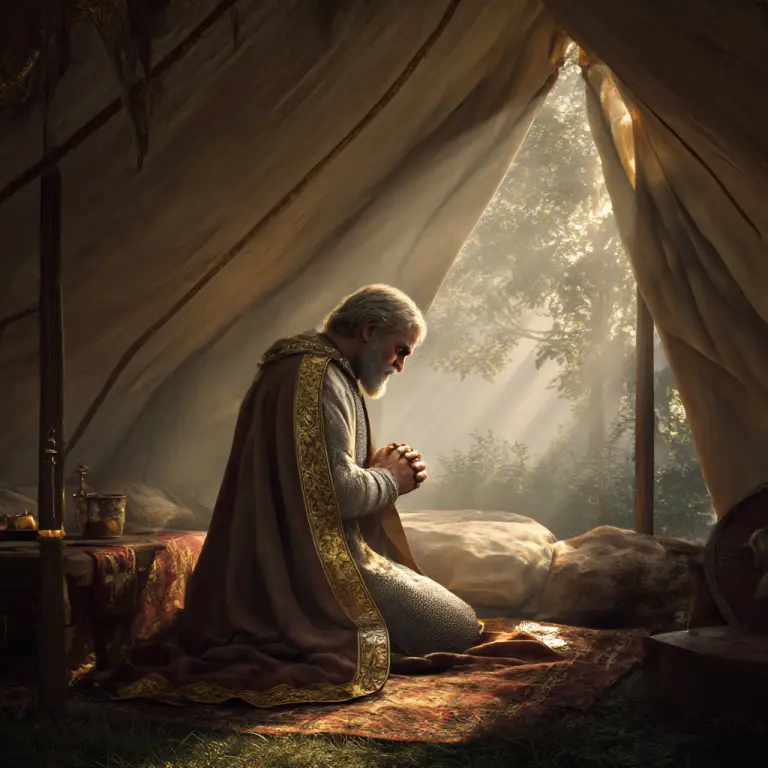The Vikings and the Battle of Clontarf – A Turning Point in Irish and Norse History
The Battle of Clontarf, fought on 23 April 1014 near Dublin, was a defining moment in both Irish and Viking history. It marked the culmination of centuries of Norse involvement in Ireland and brought an end to their major political ambitions on the island. While not a straightforward conflict between the Irish and the Vikings, the battle featured complex alliances between Norse and Irish factions, each vying for dominance.
Background to the Conflict
The roots of the Battle of Clontarf can be traced to the growing power of Brian Boru, King of Munster, who by the early 11th century had risen to become High King of Ireland. Brian sought to unify the island under his rule, challenging both rival Irish kings and the Norse-Gaelic rulers of Dublin.
The city of Dublin, founded by Norse settlers in the 9th century, had grown into a powerful trading hub with strong political and military influence. Its king in 1014, Sigtrygg Silkbeard, son of the Norse king Amlaíb Cuarán and an Irish mother, held a complex identity shaped by both cultures. Despite earlier alliances with Brian Boru, Sigtrygg opposed Brian’s authority and sought to reclaim independence.
To bolster his forces, Sigtrygg formed an alliance with other Viking leaders, including warriors from the Isle of Man, Orkney, and Normandy, as well as Irish rivals of Brian. These included Máel Mórda, king of Leinster, who resented Brian’s dominance.
The Battle Itself
The fighting took place near Clontarf, just north of Dublin. Brian Boru’s forces, made up of warriors from Munster, Connacht, and parts of southern Ireland, faced an opposing army consisting of Sigtrygg’s Dublin Norsemen, Leinster forces, and Viking mercenaries led by powerful jarl figures such as Brodir of Mann and Sigurd of Orkney.
Although Sigtrygg remained within Dublin during the battle, his Viking allies played a central role in the fighting. Brodir’s contingent, described in the Cogad Gáedel re Gallaib (a medieval Irish account of the conflict), fought fiercely, wearing mail and wielding axes. The battle was intense and bloody, lasting from sunrise until late afternoon.
Brian’s army ultimately emerged victorious. The Viking and Leinster forces were broken, and many of their leaders were slain. Sigurd of Orkney was killed, and Brodir, after reportedly fleeing the battlefield, was later captured and executed. However, Brian Boru was also killed in the aftermath of the battle—allegedly by Brodir—while praying in his tent.
The Viking Role
Although Vikings fought in the Battle of Clontarf, it was not a simple Irish-versus-Viking confrontation. Many Norse-Gaels, like Sigtrygg Silkbeard, had long integrated into Irish society. Some Irish lords even allied with Viking forces, and the Norse had become a part of the island’s political landscape.
Nevertheless, the defeat at Clontarf marked the end of large-scale Viking attempts to exert power over Irish kingdoms. The Norse continued to live and trade in Dublin, but their influence became more cultural and economic rather than military or political.
Sigtrygg retained control of Dublin until 1036 and continued to support the city’s development, including the building of its first Christian churches. His reign symbolised the transition from Viking warlords to Norse-Gaelic rulers integrated into Irish society.
Conclusion
The Battle of Clontarf stands as a milestone in the decline of Viking military dominance in Ireland. While the Vikings did not disappear from Irish history, their role shifted from invaders and raiders to merchants and settlers. The battle also reinforced Brian Boru’s legacy as a national figure, even though his victory came at the cost of his life.
For both Irish and Norse heritage, Clontarf remains a powerful symbol of the clash and convergence of cultures that shaped medieval Ireland.



